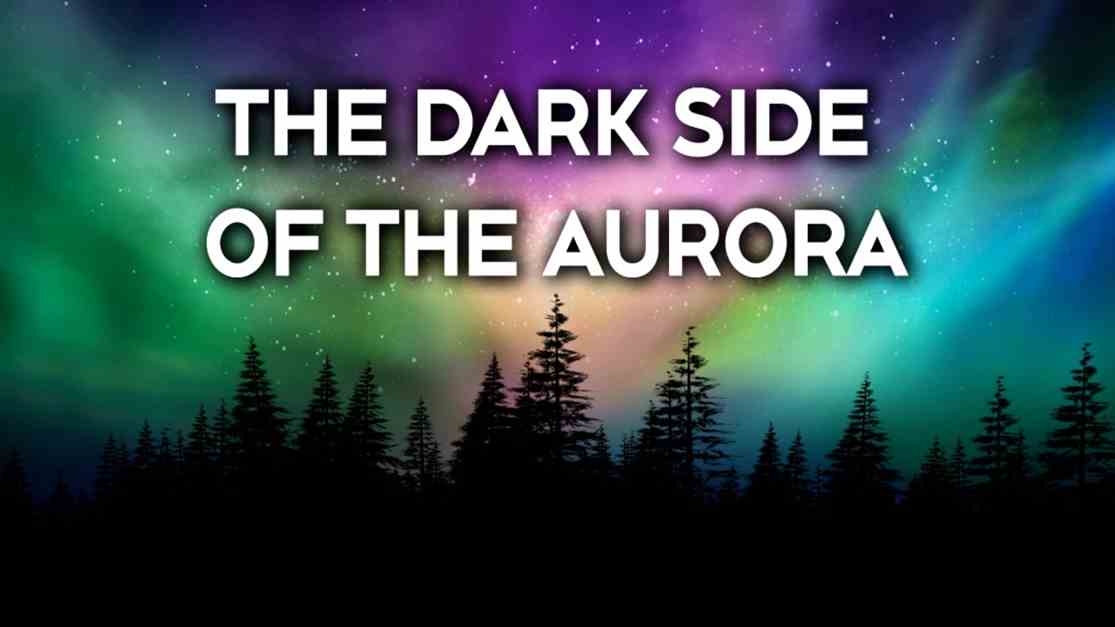The sun is currently in an exciting phase of its solar cycle, as millions of people across North America witnessed in early May when a vibrant aurora lit up the night sky. This phenomenon has historical significance, as seen in past geomagnetic storms that caused disruptions to critical infrastructures like the Hydro Quebec power grid in 1989. Now, let’s explore the potential risks that our technology-dependent society may face if a severe geomagnetic storm were to hit Earth, and who monitors space weather activity for Canada.
Surprisingly, the department responsible for monitoring space weather in Canada is Natural Resources Canada, specifically their geomagnetic laboratory in Ottawa. They have a team of space weather duty forecasters who monitor space weather conditions 24/7. Kyle Reiter, a space weather analyst at Natural Resources Canada, explains the process of monitoring solar flares and Coronal Mass Ejections (CMEs) that could potentially impact Earth. However, the limited time frame between detection and impact poses a challenge for response.
David Boteler, head of the space weather group at Natural Resources Canada, conducts research on the hazards of geomagnetic disturbances on critical systems like power grids, pipelines, and radio communications. Ritesh Kotak, a tech analyst, emphasizes the importance of telecommunications stakeholders being prepared for geomagnetic storm blackouts, especially after the Rogers outage in July 2022 that affected many Canadians.
The increasing reliance on satellite communications, like Elon Musk’s Starlink satellites, poses a vulnerability to geomagnetic storms. Phil Langill from the University of Calgary explains how these storms can impact LEO satellites through energetic particles and atmospheric expansion. This can result in disruptions to services like cell networks and high precision GPS used in various industries.
While the potential effects of geomagnetic storms on technology are concerning, experts like Dan Welling reassure that governments, scientists, and power grid operators are actively working to address these challenges. Various organizations, including Natural Resources Canada, NOAA, and NASA, are dedicated to studying the sun and its impact on our technological infrastructure.
Despite the risks posed by geomagnetic storms, efforts are being made globally to mitigate their impact. New Zealand, for example, implemented the Solar Tsunamis program to protect its power grid during extreme space weather events. This proactive approach demonstrates that preparedness and awareness are key in safeguarding against the potential disruptions caused by geomagnetic storms.
In conclusion, while the threat of a severe geomagnetic storm impacting modern technology exists, ongoing research and preparedness measures offer some reassurance. By staying informed and implementing proactive strategies, we can navigate the challenges posed by space weather events and ensure the resilience of our technology-dependent society. So, while the show of auroras and geomagnetic storms may be captivating, rest assured that efforts are in place to safeguard our technological infrastructure.

